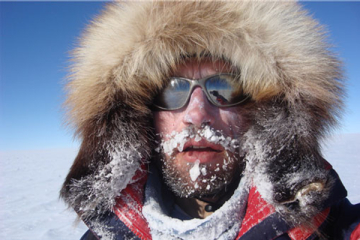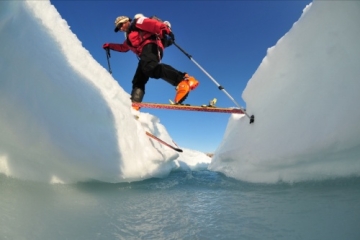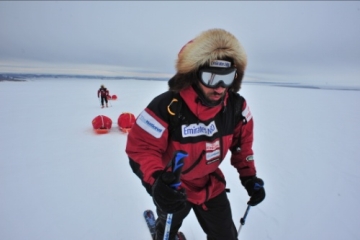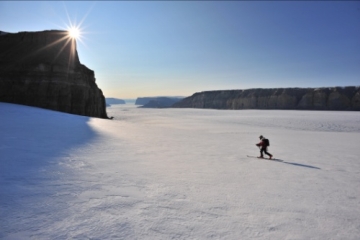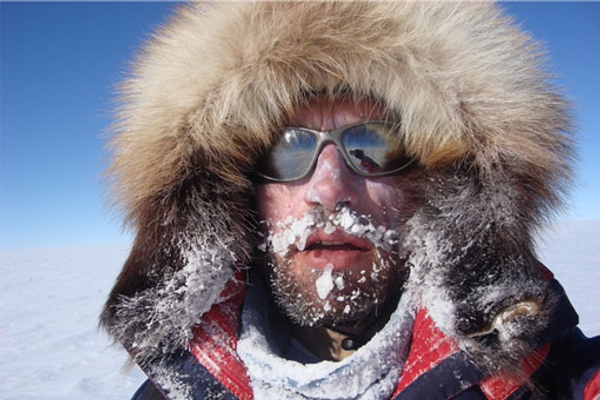
All Photos by Derek Crowe
Adrian Hayes is an adventurer’s adventurer. In 2007, the Dubai-based explorer joined one of Earth’s most exclusive clubs when he became only the 15th person in the world – and the fastest person in history – to achieve the “3 Poles”, reaching the summit of Mt. Everest and walking unassisted the entire way to both poles.
